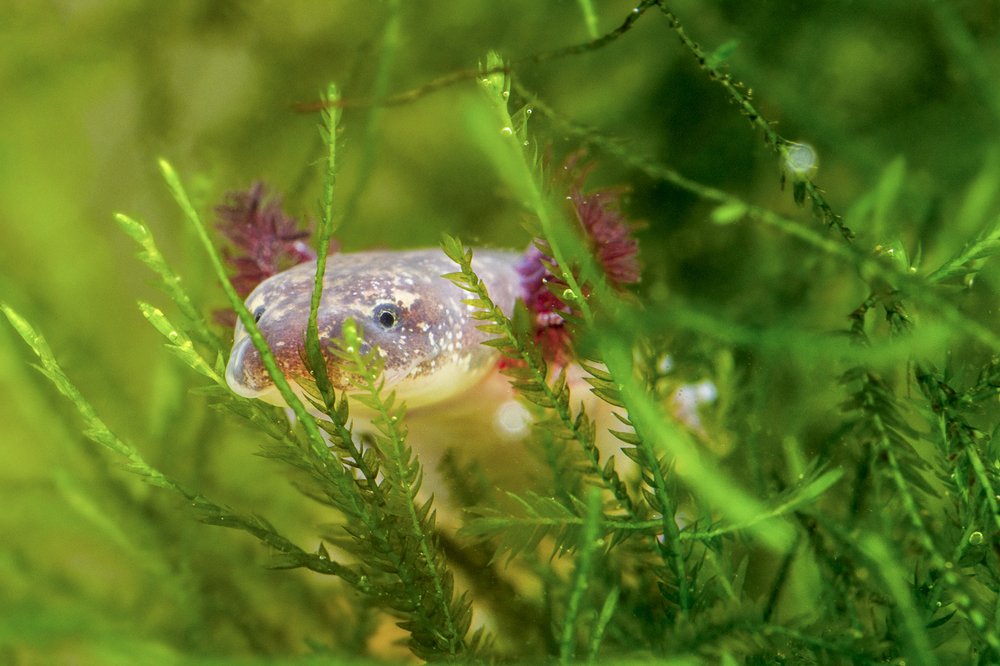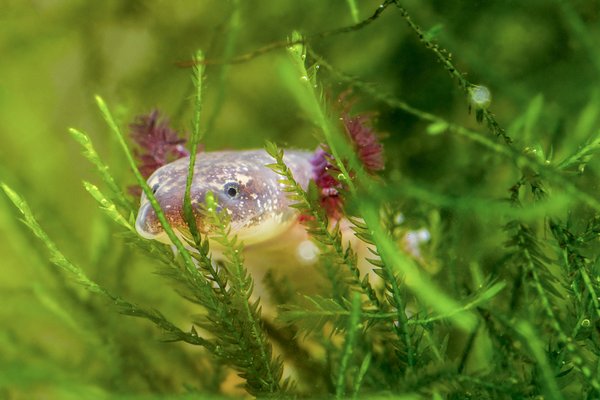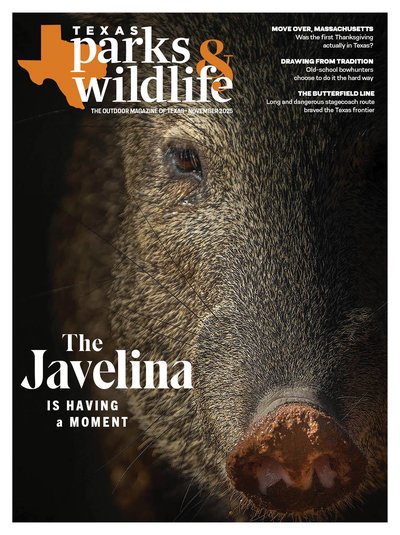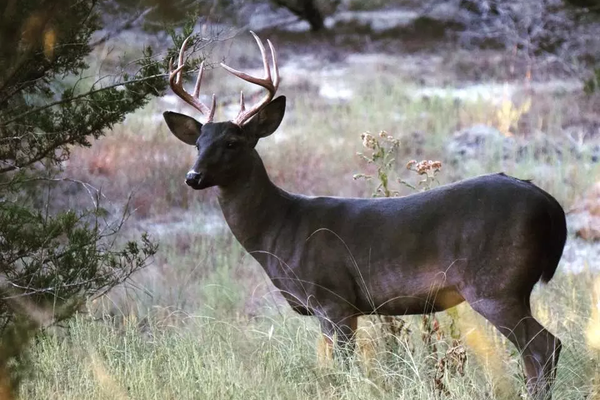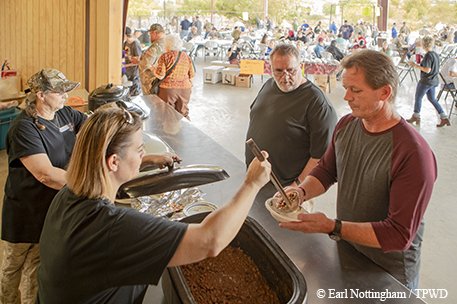It’s noon at Barton Springs in Austin. Sun rays pierce the teal water, and floaties decorated like sprinkled doughnuts glide across the pool. The scent of sunscreen lingers, and the diving board line stretches for miles.
From before sunrise to well after sunset, the spring-fed pool teems with visitors. All the while, the Barton Springs salamander roams below the surface.
The Barton Springs salamander is found only in the outflows of Barton Springs. More specifically, its home includes Barton Springs Pool, Eliza Springs, Sunken Garden Springs and Upper Barton Springs — all of which are fed by outflows of the Edwards Aquifer.
The first of its kind was discovered in 1946, but it wasn’t until 1993 that it was recognized as a legitimate species. Its scientific name became Eurycea sosorum — derived from the Save Our Springs (SOS) water quality ordinance, in honor of the residents of Austin who took action to protect the springs.
Lucky are those who catch a glimpse of the elusive creature. Keep an eye out among rocks and vegetation for its translucent skin dotted with hues of pink, purple, orange or red, and its bright, feathery external gills.
The Barton Springs salamander relies on clean, crystal-clear water for survival. This makes it a key indicator of the health of our springs and of the city’s water quality at large.
The salamander’s presence in the springs offers insight into the health of the aquifer at a time when urban development and other human activity pose a threat to water quality. The salamander absorbs oxygen directly from the water through its delicate skin, making it ultra-sensitive to temperature changes and pollutants.
Captive breeding of the salamander has contributed to a deeper understanding of the species and to the maintenance of its population. The captive breeding program is part of a larger conservation effort detailed in the Barton Springs Habitat Conservation Plan, which aims to protect the endangered salamander and its habitat while also accommodating development in the area.
The captive breeding facility is located at the Austin Nature and Science Center — an ideal spot for conducting both scientific research and public outreach. The beloved creature’s perseverance as a critically endangered species renders it a symbol of the city’s commitment to water conservation.
Each year, a portion of the proceeds from entrance fees to Barton Springs Pool is allocated to the Barton Springs Salamander Conservation Fund
